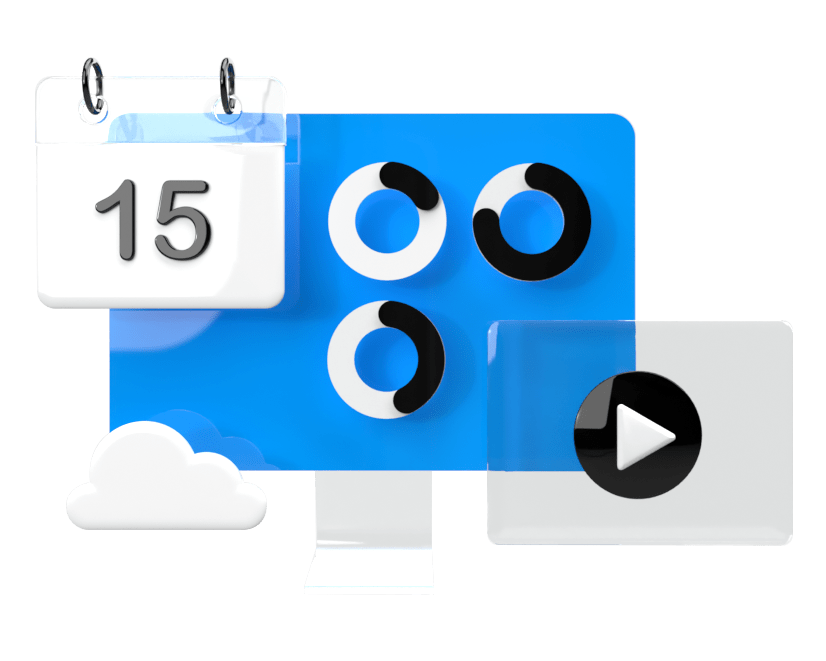Business process automation platform

Background
In 2017, we started creating a platform that would optimize employees' work processes for a multinational professional services firm. The general vision of the future product was described as a web-based technology-sharing platform to find, build, and contribute to a number of various digital assets that allow users to get rid of their daily routine tasks. Our client required an end product to create additional capacity at every staff level, perform value-added activities, and enhance the overall experience: from booking working space to calculating and generating various reports. Easing these burdens would allow people to focus on more meaningful and important types of work.

| Product | Web platform for business automation |
| Client | Multinational professional services firm |
| Vertical | Professional services |
| Buyer persona | Client’s employees |
| Technology | .NET Framework, .NET Core, ASP.NET MVC, Angular JS, Angular 8, UIPath, Alteryx, Docker, K8s |
| Provided services | Custom application development, RPA development |
Challenges
Since the conception of the project's ambitious idea, Robotic Process Automation (RPA) technology along with Microsoft .NET stack was chosen as the cornerstone for execution. This approach required us to solve several important tasks at once:
Web. To create a web application to host the library of created automations.
API. To build an interface that supports various RPA integrations such as UIPath and Automation Anywhere with web applications. Support both server and client-side executions of the robotic automation bots.
Scalability. To create architecture allowing developers to add and maintain the functionality of bots swiftly and smoothly.
Design. To implement a solution that is intuitive for employees with different levels of understating technology. Simultaneously, its structure has to encourage employees to adopt digital transformation and be involved in making their own contributions.
Solution
With those challenges in mind, we set out to develop a web-based application that would act both as a host for a library of registered RPA bots and a point for user interaction. Let's reveal the user logic of the platform.
Imagine that one of the company's managers needs to optimize their work with standardized monthly reports. In order to do this, they enter the portal and choose one of the recommended bots or use a gallery with the detailed filtering . The collection contains bots of any complexity – from the most straightforward scripts to those requiring different data inputs before execution. Meanwhile, core technology of the bots has a wide range of solutions within itself, including AI.
If our manager finds the right solution, they follow the instructions (each bot can have its own, as mentioned above) and runs the bot directly in the portal or downloads it to their desktop to run them locally. If there is no right solution in the collection, the user can suggest and submit an idea for its creation. The ticket goes to the governance committee, which selects ideas for further development and implementation. If the user's idea is chosen, a team of programmers will create a new bot, and the user gets rewarded for their proactivity following the designed gamification flow. It's a win-win for everyone involved in the process.
Results

The current web-based platform of RPA automations started as a three month proof of concept with the client. Six months later, our team reduced about 5,000 hours of manual labor and helped the client save more than $6M annually. This success led to various partnerships including projects with UiPath, Automation Anywhere, and Blue Prism.
The solution was adopted in North America, Canada, UK, and Australia by supporting cloud-native and multi-tenancy architecture.



